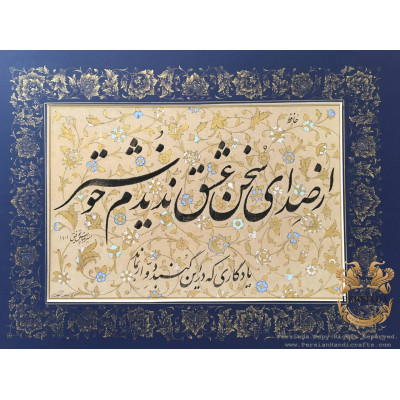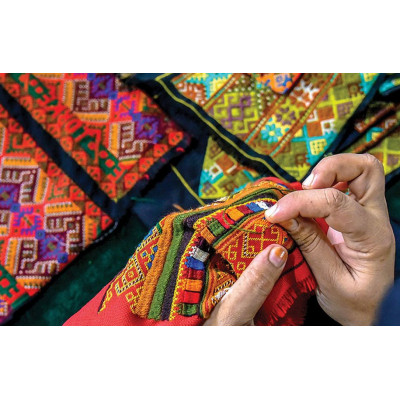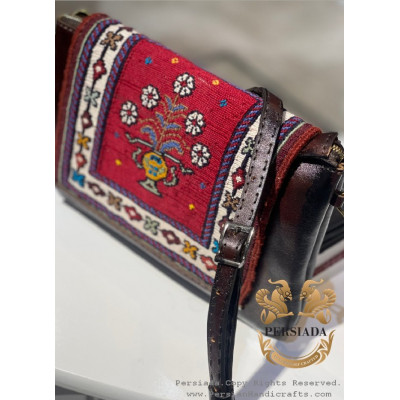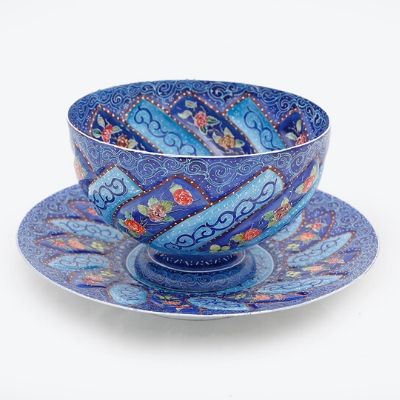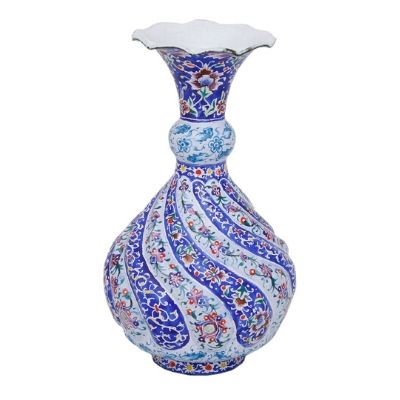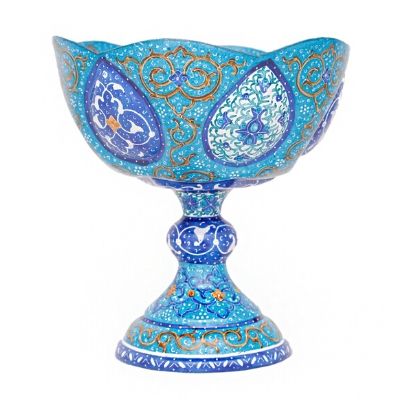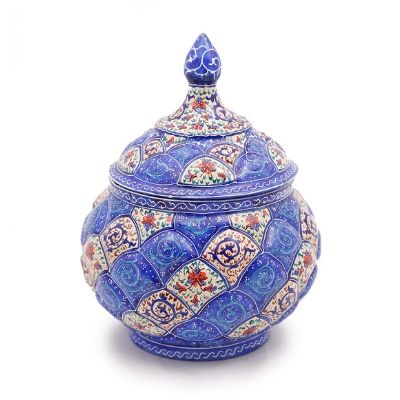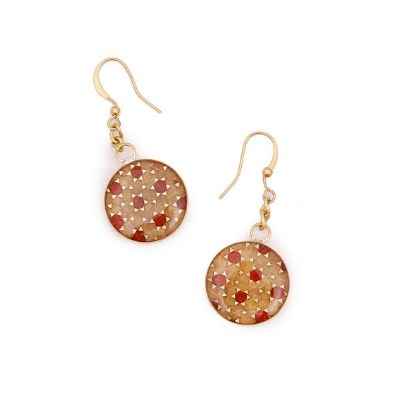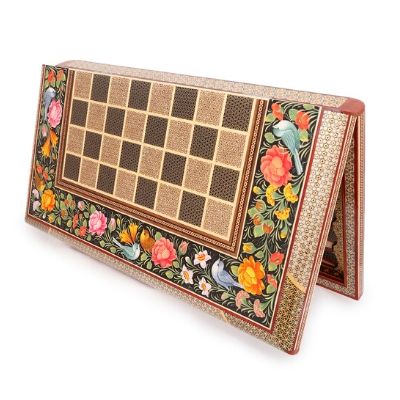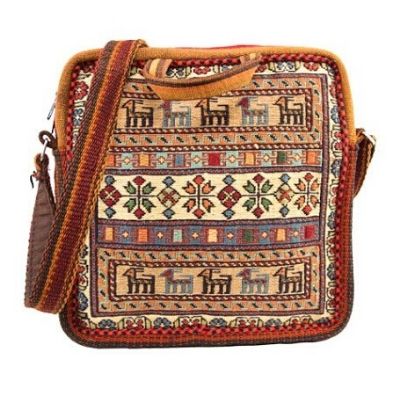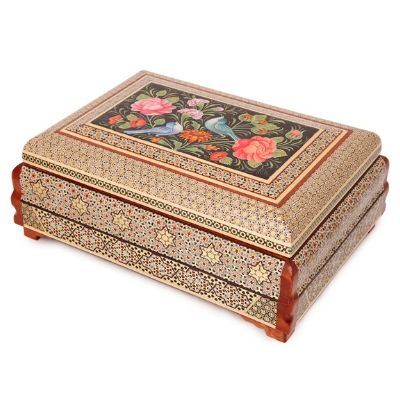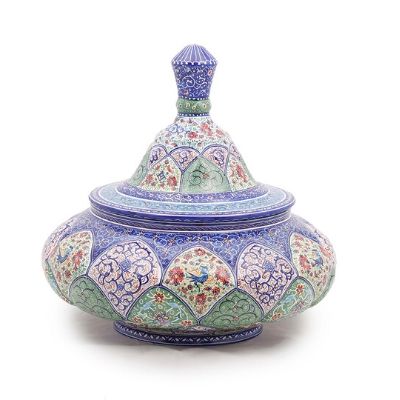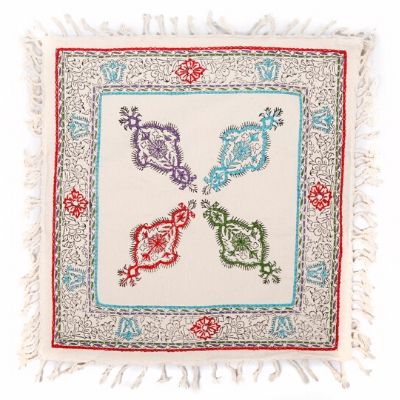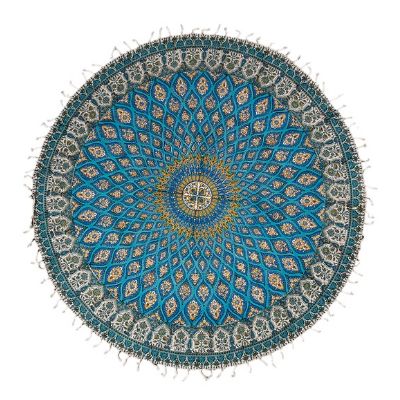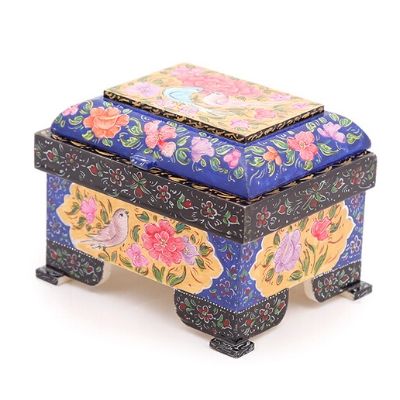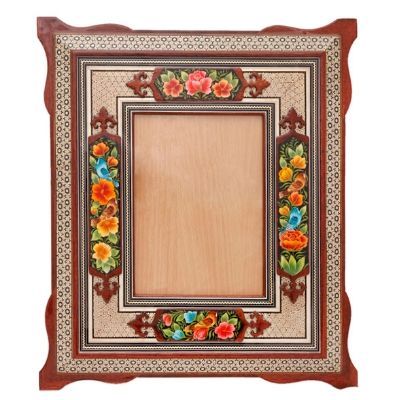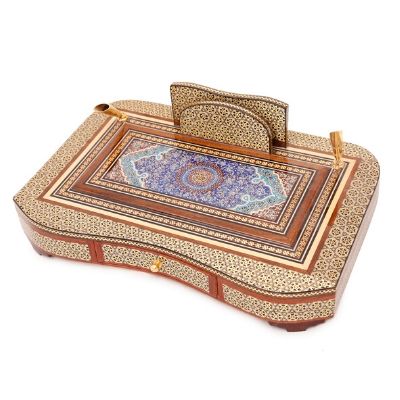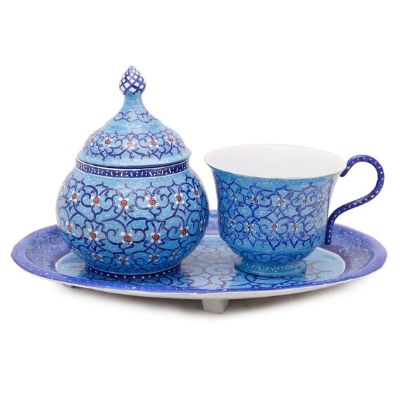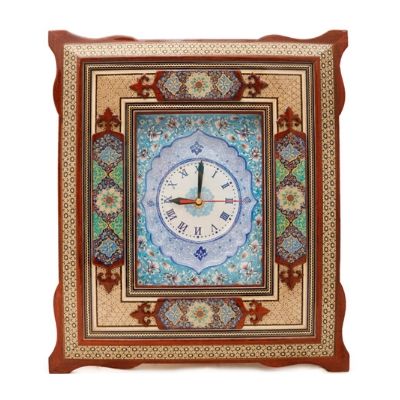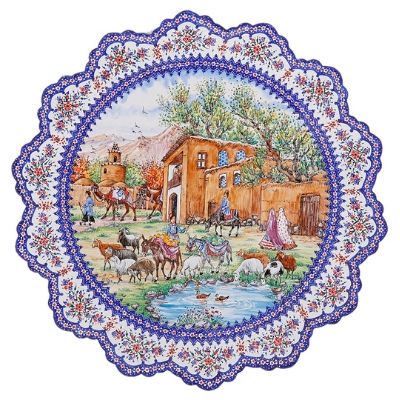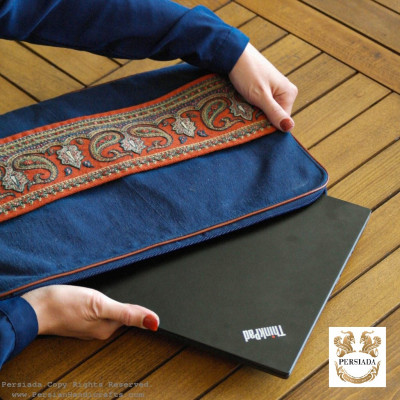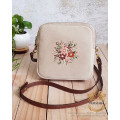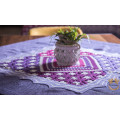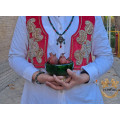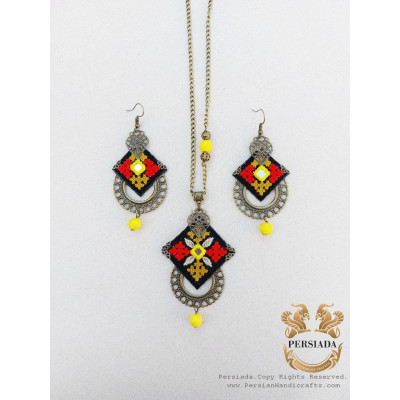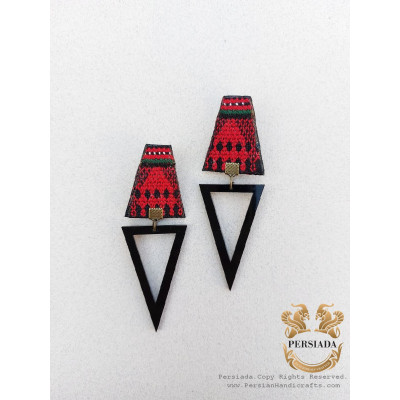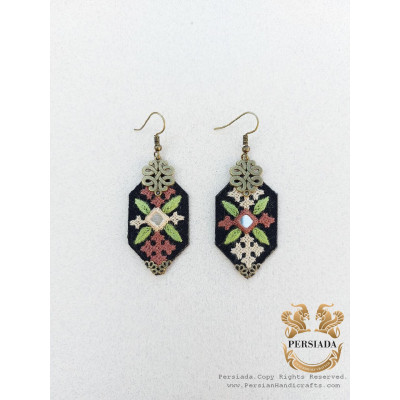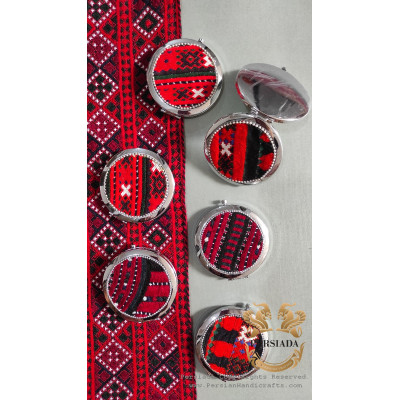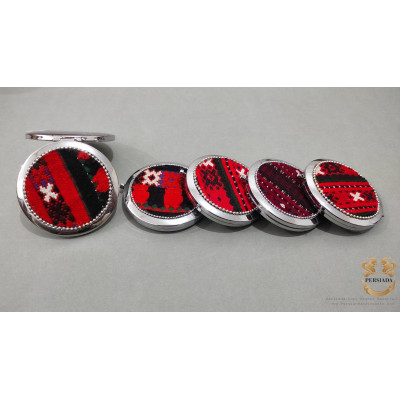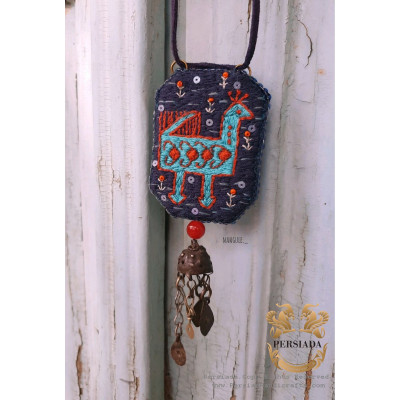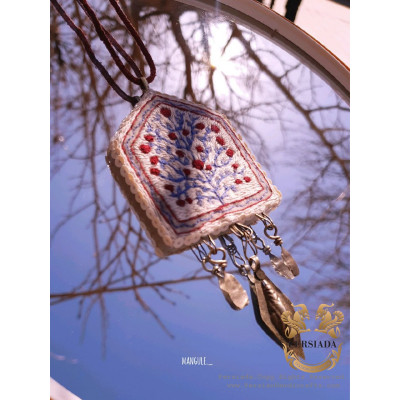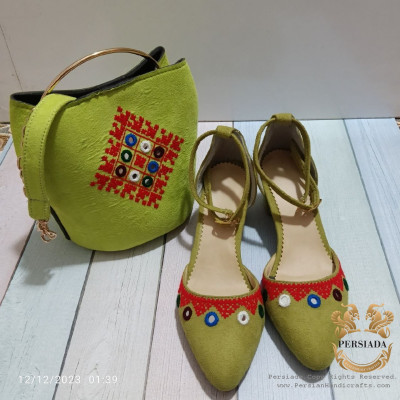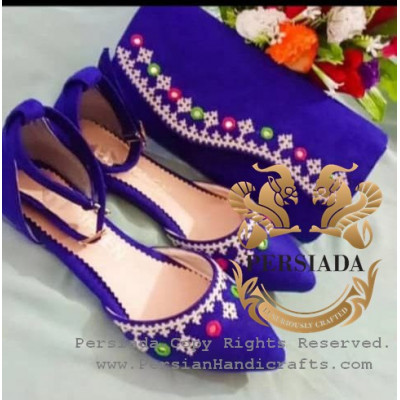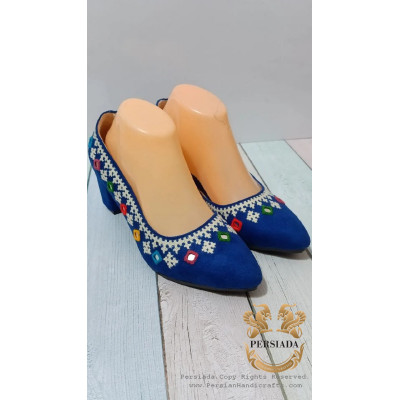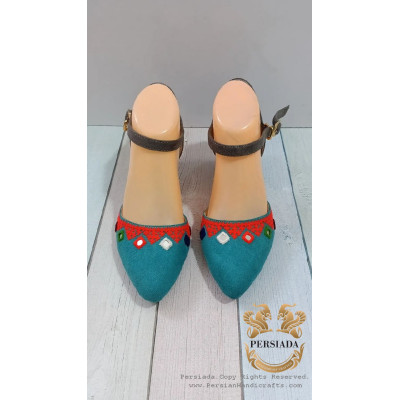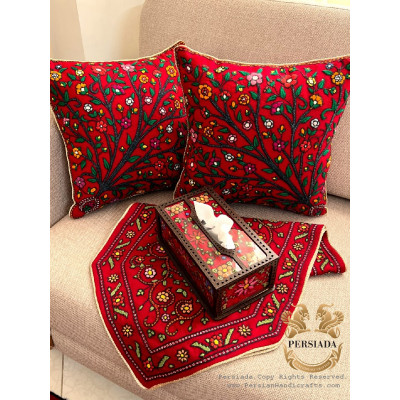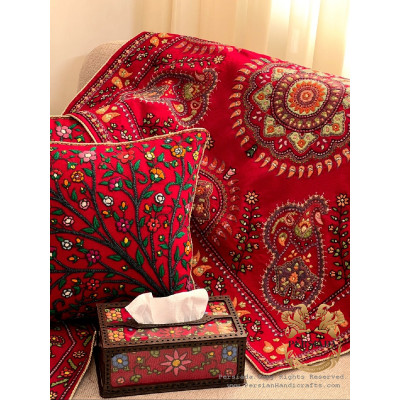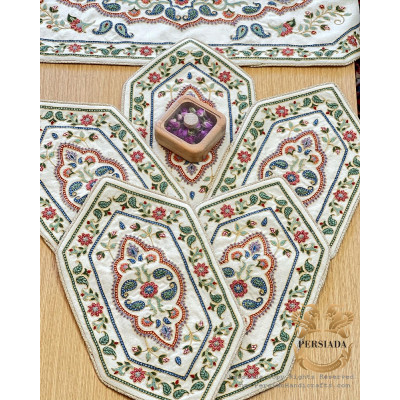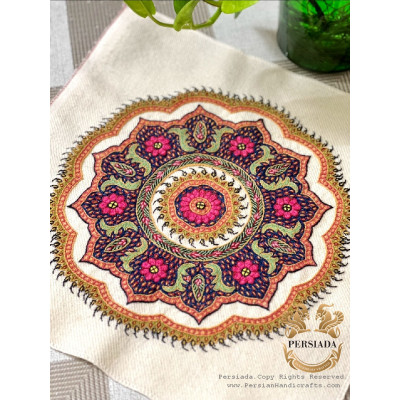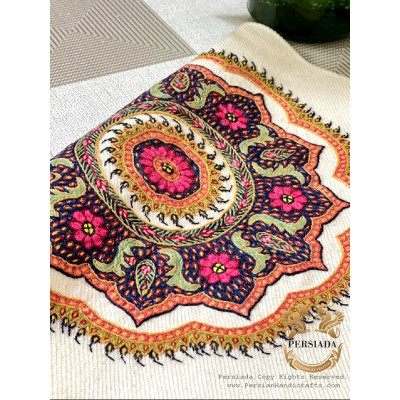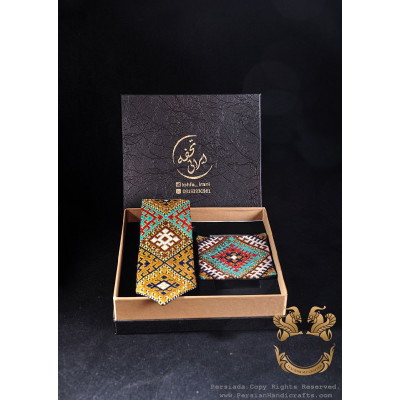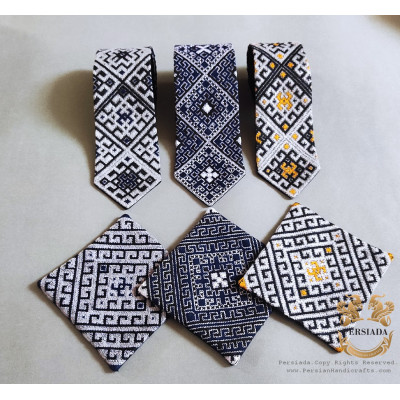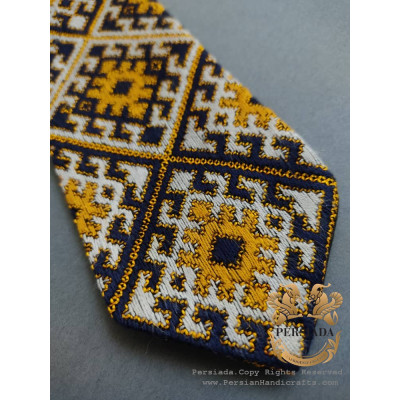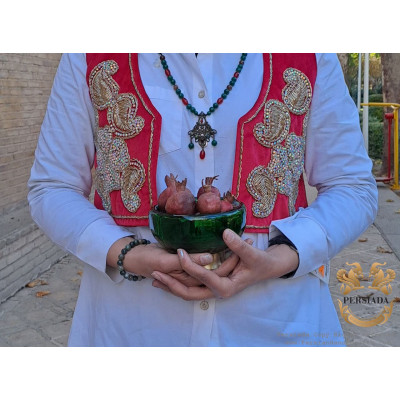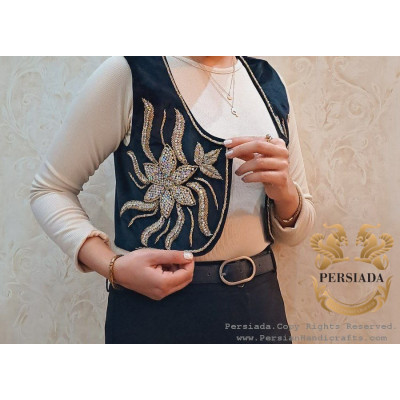Persian needlework is a traditional form of embroidery that has been practiced in Iran for centuries. It is a highly skilled and intricate art form that involves the use of a needle and thread to create intricate designs on fabric. The designs are typically floral or geometric in nature and are often inspired by Persian architecture, poetry, and literature.
The history of Persian needlework can be traced back to the Safavid dynasty in the 16th century. During this time, embroidery was considered a highly valued skill and was often used to decorate clothing, textiles, and household items. Persian needlework was particularly popular among the wealthy and aristocratic classes, who would commission skilled embroiderers to create elaborate designs for their homes and clothing.
Over time, Persian needlework evolved and became more complex, incorporating a wider range of stitches and techniques. Today, it is still practiced by skilled artisans in Iran and is considered an important part of the country's cultural heritage.
One of the most distinctive features of Persian needlework is the use of silk thread. Persian silk is renowned for its high quality and durability, and is often used to create intricate designs that are both beautiful and long-lasting. Other materials used in Persian needlework include cotton, wool, and metallic threads, which are used to add texture and depth to the designs.
The stitches used in Persian needlework are also highly varied and complex. Some of the most common stitches include satin stitch, chain stitch, and stem stitch, which are used to create intricate patterns and designs. Other techniques, such as couching and goldwork, are used to add texture and dimension to the embroidery.
In addition to its aesthetic value, Persian needlework also has cultural and symbolic significance. Many of the designs and motifs used in Persian needlework are inspired by Persian literature and poetry, and are often imbued with symbolic meaning. For example, the use of floral motifs is often associated with the concept of paradise in Persian culture, while geometric designs are often used to represent the unity and harmony of the universe.
Overall, Persian needlework is a highly skilled and intricate art form that has played an important role in Iranian culture for centuries. Its beauty and complexity continue to inspire and captivate people around the world, and it remains an important part of Iran's rich cultural heritage.
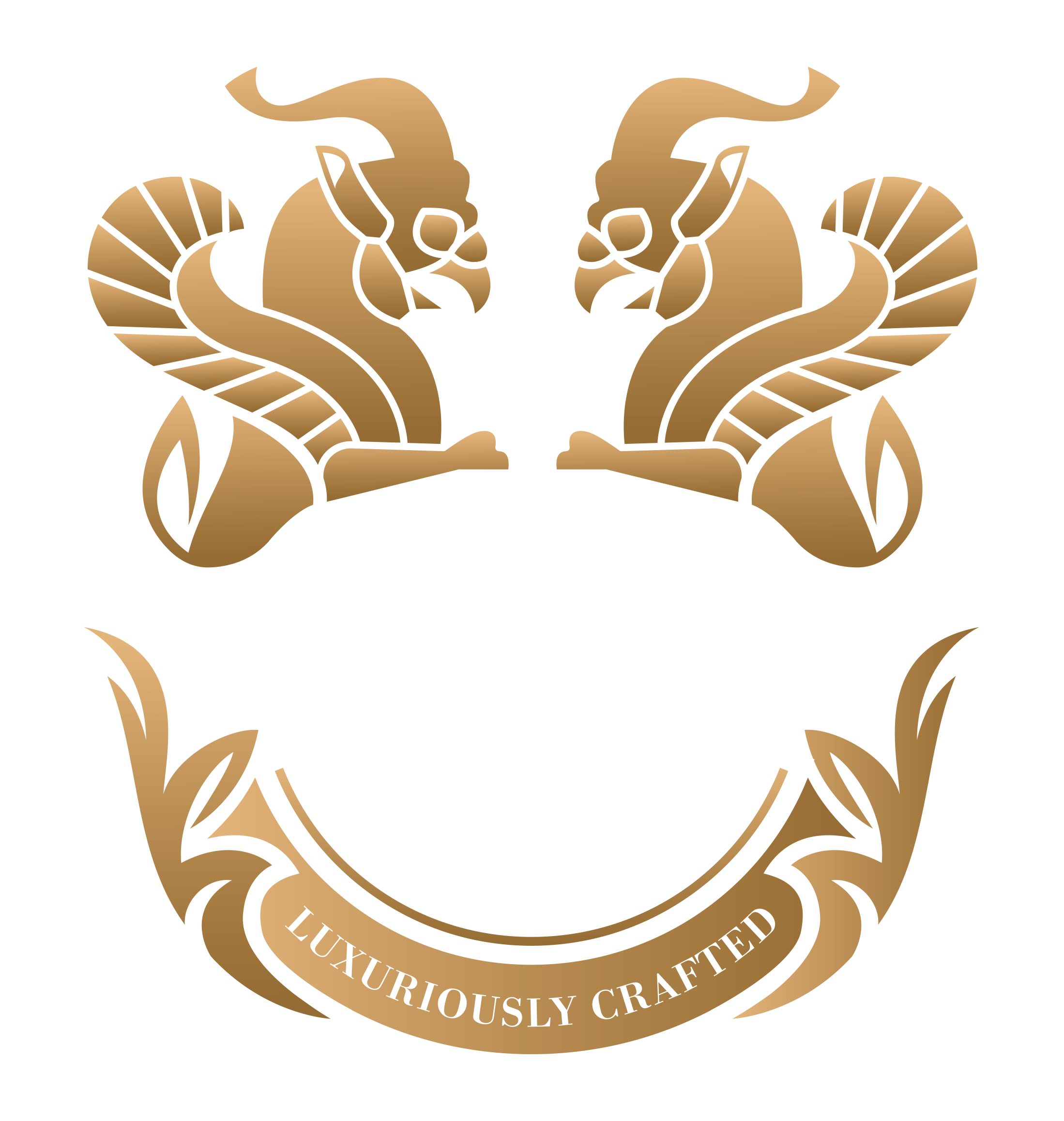

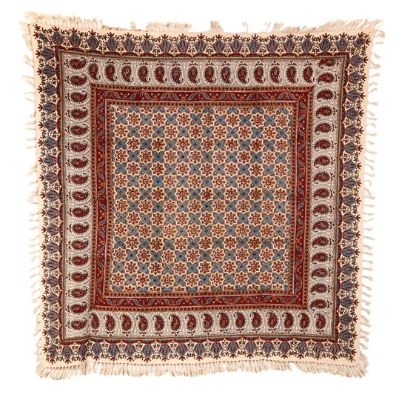
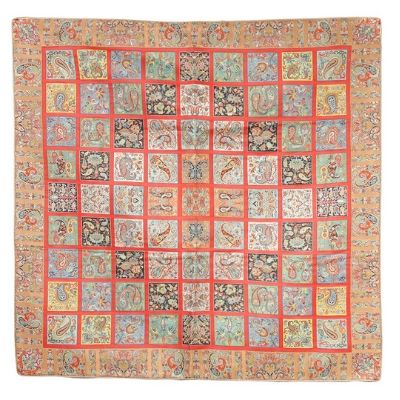
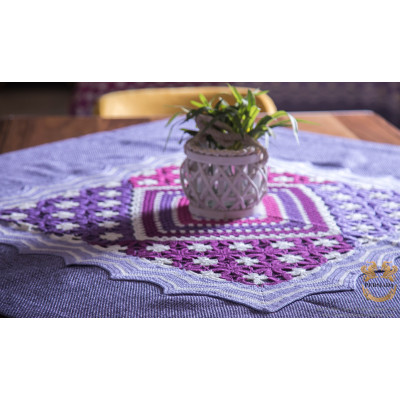
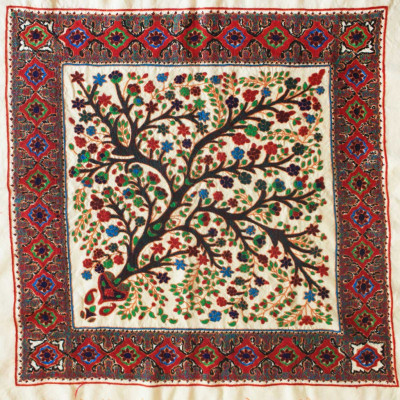
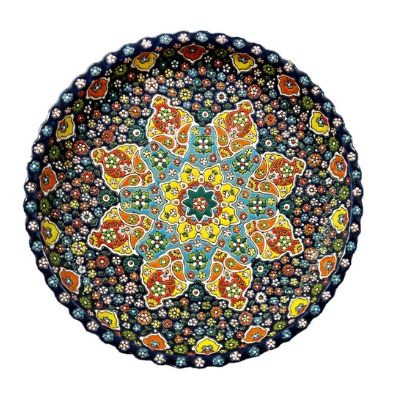
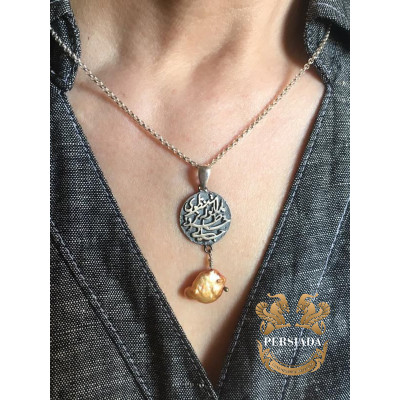
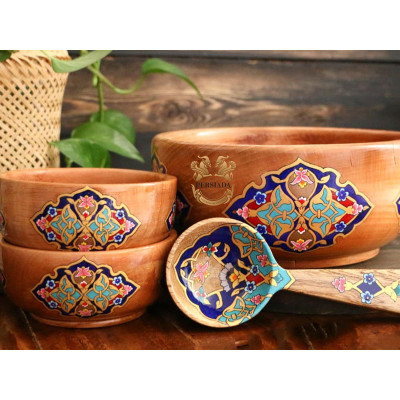
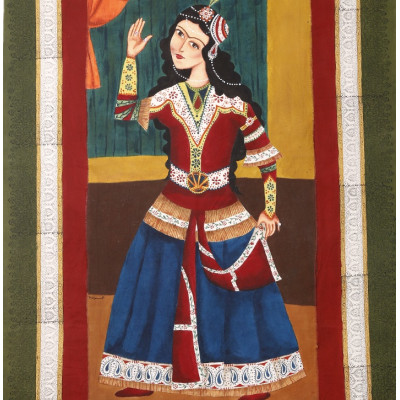
-400x400.png)
